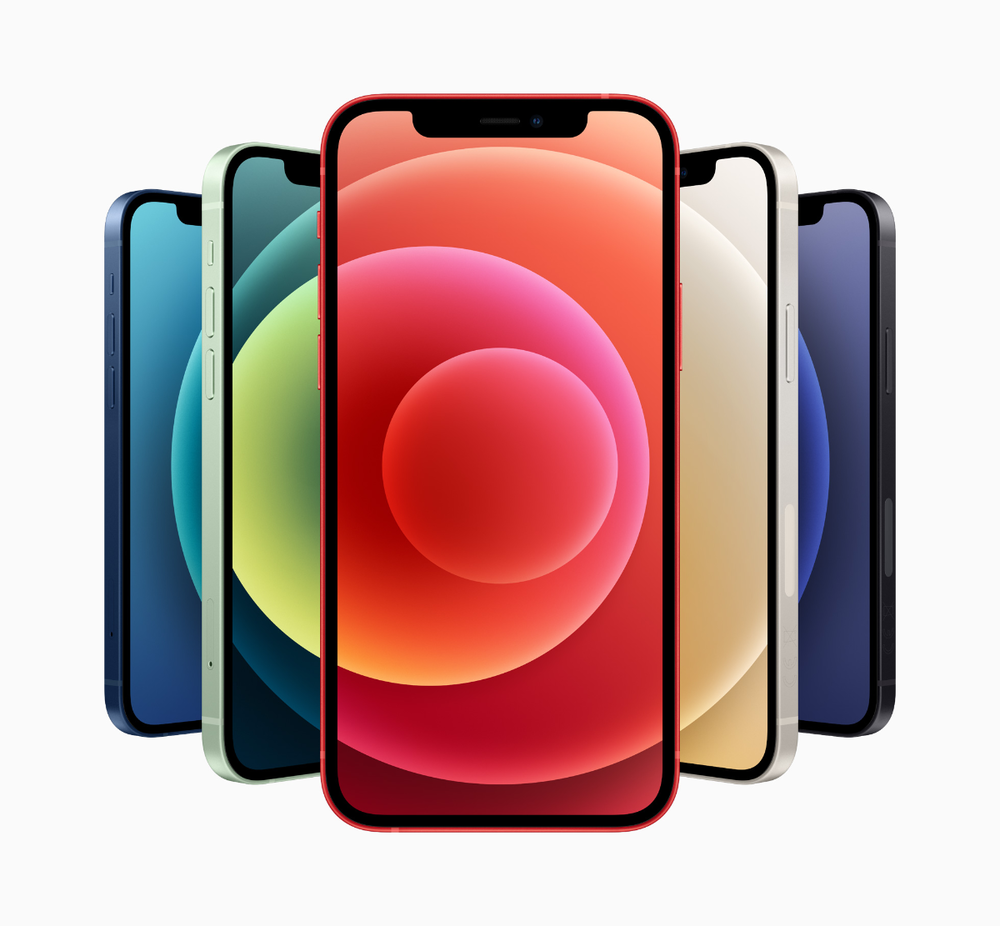Apple has integrated 5G into all four newly announced iPhones. In the launching event, Apple demonstrated a fast speed up to 4 Gbps on the iPhone 12 Pro, even when networks are crowded.
The news certainly sends a positive signal to the 5G industry, but many challenges await before 5G becomes ubiquitous, according to IDTechEx, a company that “guides strategic business decisions.” The new iPhones feature the most 5G bands on any smartphone and offer the broadest 5G coverage worldwide. IDTechEx says this is an impressive achievement for smartphone design and would be extremely useful for global travelers; however, the majority will stick to a few 5G bands only.

What’s more, the 5G coverage is still so low that many people are not able to use the 5G service often. The industry hopes that the fast wave of 5G smartphones will encourage the demand for 5G services and accelerate the deployment of 5G base stations in the coming years. The IDTechEx report, “5G Technology, Market and Forecasts 2020-2030“, forecasts 430K new installation of 5G base station globally in 2020 and such number will boost to over four million in 2030.
Power consumption is another concern as 5G signal will consume significantly higher power than the 4G smartphone. This will have severe knock-on effects for battery life and management, thermal management, and mobile lifespan, according to IDTechEx.
This problem will become obvious for the models in the U.S., which support millimeter wave (mmWave), the higher frequency version of 5G (24-40 GHz). The IDTechEx report, “Thermal Management for 5G“, highlights the rapidly growing market of the thermal interface material (TIM) for both 5G infrastructure and mobile phones. New power amplifier semiconductor technology such as GaN and die attach materials such as pressure-less silver sintering will also benefit from the rise of mmWave 5G.
Another challenge for 5G technologies, especially for mmWave 5G, is the transmission loss. The IDTechEx report, “Low-loss Materials for 5G 2021-2031“, points out that low-loss materials and more integrated design for antennas and RF modules are becoming essential for 5G. One example is PTFE materials, which has demonstrated their excellent performance at high-frequency applications, and now the demand is likely to increase due to the 5G market.
However, PTFE based high-frequency materials are often expensive and can present challenges in printed circuit board (PCB) production or advanced packaging process. Therefore, there is a race to develop new materials as an alternative to PTFE, such as modified thermoset materials, Polyphenylene Oxide (PPO), hydrocarbon or even polyimide aerogel. “Low-loss Materials for 5G 2021-2031” characterizes the competition landscape and performance benchmarking for low-loss materials targeting the 5G market.
With profitable business models and killer applications starting to emerge, 5G is expected to be one of the largest and fastest-growing markets. The entrance of Apple into the 5G competition will certainly boost the investment from telecoms and encourage faster adoption of new materials and technologies to tackle the remaining challenges, says IDTechEx.
(Dennis Sellers has been covering the Apple industry since 1996. In addition to“Apple World Today,” he also runs his own freelance writing/editing service. If you want more info about the latter, email him at dennis.sellers@comcast.net.)
